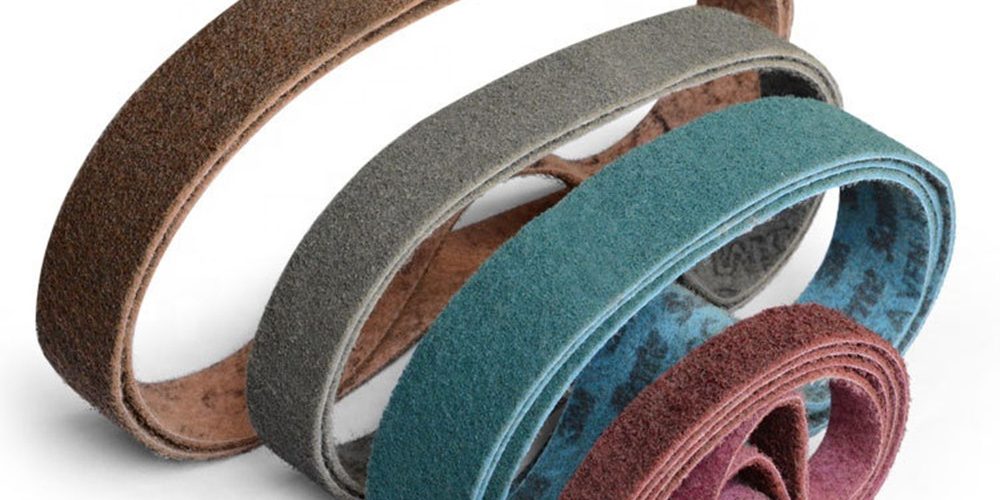When it comes to surface preparation and finishing, selecting the right abrasive tool is critical to achieving the desired results efficiently. Sanding belts and sanding discs are two commonly used options, each with its advantages and applications. In this blog, we’ll compare sanding belts and sanding discs to help you choose the right tool for your specific task.
Sanding Belts:
- Longevity: Sanding belts typically have a longer lifespan compared to sanding discs. They can withstand more significant wear and abrasion.
- Surface Coverage: Sanding belts provide a wider surface coverage, making them suitable for larger projects and broader surfaces.
- Edge Sanding: Sanding belts excel in edge sanding, where a linear sanding motion is required. They can reach tight spaces and sharp corners.
- Versatility: Sanding belts are versatile and can be used for various applications, including woodworking, metalworking, and more.
Sanding Discs:
- Precision: Sanding discs are known for their precision and ability to deliver consistent results. They are ideal for tasks that require fine finishes and detailed work.
- Ease of Use: Sanding discs are easy to change and can be swapped out quickly, making them convenient for tasks that require frequent grit changes.
- Versatility: Like sanding belts, sanding discs are versatile and suitable for a range of materials, but they excel in applications that require controlled, orbital sanding motions.
- Detail Work: Sanding discs are excellent for detail work, such as blending weld seams, polishing metal surfaces, or preparing wood for finishing.
Choosing the Right Tool:
- Project Size: Consider the size of your project. For larger surfaces or projects, sanding belts may be more efficient due to their larger surface coverage. For smaller, detailed work, sanding discs are often a better choice.
- Material: The material you are working on also plays a role. Sanding belts are generally better suited for heavy material removal on metals and larger wooden surfaces. Sanding discs are preferable for fine finishing work.
- Precision: If precision and fine finishing are essential, sanding discs are the go-to option. They offer excellent control and can achieve smooth, polished surfaces.
- Versatility: If you require a single abrasive tool for various tasks and materials, both sanding belts and sanding discs are versatile options. Consider which tool aligns better with your overall needs.
- Budget and Maintenance: Sanding belts may offer cost advantages due to their longer lifespan, while sanding discs are easier to replace as needed.
Ultimately, the choice between sanding belts and sanding discs depends on your specific project requirements and preferences. Understanding the strengths and applications of each tool will help you make an informed decision and achieve the best results in your surface preparation and finishing tasks.










